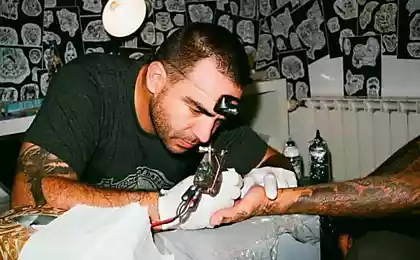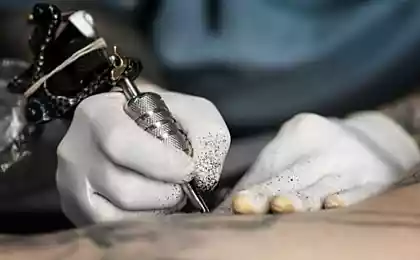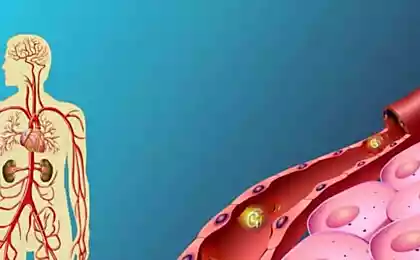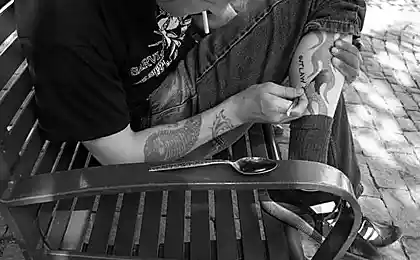144
Doctors ask their patients to get a tattoo. I don’t have one yet, but I will definitely do this!
Scientists from the Massachusetts Institute of Technology are engaged in a unique development that can qualitatively change the lives of patients with diabetes.
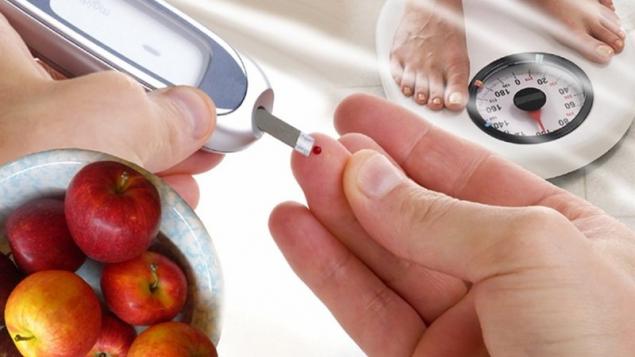
Tattoo with meaning Michael Strano and Pavel Barone invented an unusual device that eliminates the daily use of the device. fingerblooding for analysis. The accuracy of the data obtained with this device will be very high, since the technology of manufacturing this device is radically different from anything that was invented before.

Previously, sensors worked as follows: an electrode was placed under the skin that reacted to the concentration of reaction by-products. glucose in the body. Unfortunately, such sensors are not recommended to be worn longer than 7 days in a row.

The device developed by Strano and Barone is carbon nanotubes with a polymer casing. This casing is sensitive to glucose concentration.
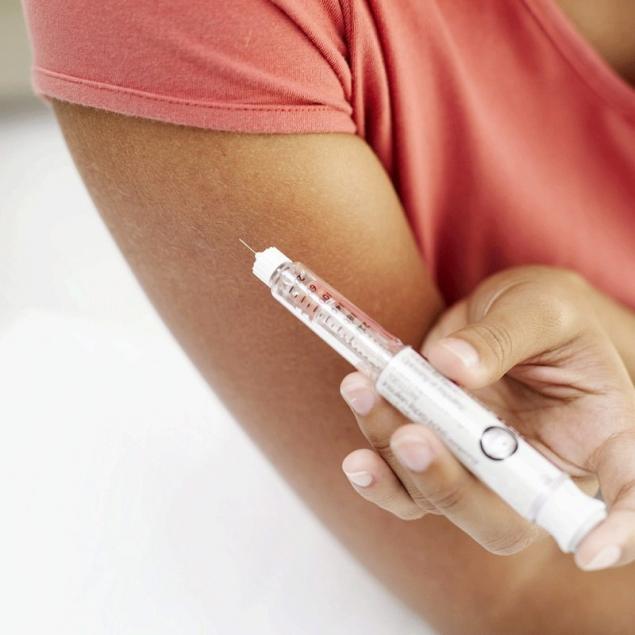
Upon contact with glucose, the tubes begin to fluoresce. The intensity of the fluorescence shows blood glucose sick.

The plans are to create ink with a certain content of nanoparticles. These inks will be injected under the skin using tattoo needles.

The tattoo will be temporary. The validity of this indicator is 6 months. After the procedure will have to be repeated, as the ink will lose its properties and gradually dissolve.

A small IR monitor that responds to fluorescence will decipher the sensor and signal the need for action.

So far, this technology is in development. Tests have already been carried out on animal skin fragments and they have shown encouraging results. We can only hope for success and thank those people who have considered it their duty to make the lives of millions of people better and more comfortable.

Tattoo with meaning Michael Strano and Pavel Barone invented an unusual device that eliminates the daily use of the device. fingerblooding for analysis. The accuracy of the data obtained with this device will be very high, since the technology of manufacturing this device is radically different from anything that was invented before.

Previously, sensors worked as follows: an electrode was placed under the skin that reacted to the concentration of reaction by-products. glucose in the body. Unfortunately, such sensors are not recommended to be worn longer than 7 days in a row.

The device developed by Strano and Barone is carbon nanotubes with a polymer casing. This casing is sensitive to glucose concentration.

Upon contact with glucose, the tubes begin to fluoresce. The intensity of the fluorescence shows blood glucose sick.

The plans are to create ink with a certain content of nanoparticles. These inks will be injected under the skin using tattoo needles.

The tattoo will be temporary. The validity of this indicator is 6 months. After the procedure will have to be repeated, as the ink will lose its properties and gradually dissolve.

A small IR monitor that responds to fluorescence will decipher the sensor and signal the need for action.

So far, this technology is in development. Tests have already been carried out on animal skin fragments and they have shown encouraging results. We can only hope for success and thank those people who have considered it their duty to make the lives of millions of people better and more comfortable.




